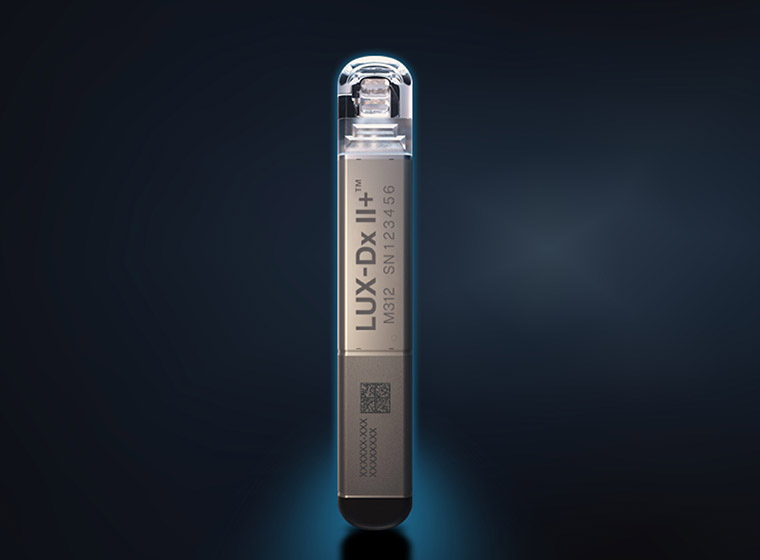Already implanted with LUX-Dx?
Already inserted with a cardiac monitor device? Go to the device support page for more information.
Know your rhythms
If you’ve been experiencing symptoms like fainting, palpitation, or shortness of breath, your health care team may recommend heart monitoring. Heart monitors are often used to check for irregular heart rhythms to help your health care team provide the best care for your condition.





